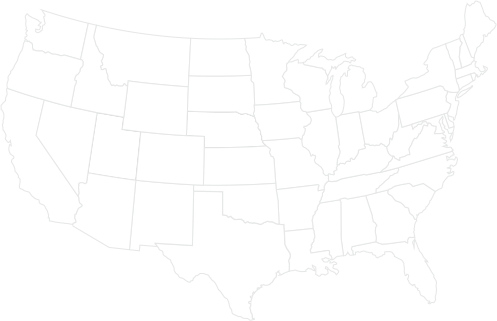New Study Finds Whole Cottonseed Is a Valuable Option for Feedlots
• Posted in Articles
When designing finishing diets for beef cattle, two factors are key: price and performance. Cotton byproducts are readily and locally available throughout the southwestern U.S., which often makes them economical and convenient choices for the region’s many feedlots, but how do they perform?
A team of researchers at Oklahoma State University and the University of Arkansas recently tackled this question with a study analyzing key performance indicators, such as carcass traits, when beef steers are fed cotton byproducts in their finishing diets.1 Until now, few studies had analyzed cotton byproducts as the primary sources of protein, fat and fiber for beef cattle in a feedlot setting.
The 64 crossbred steers chosen for the study were split into two equal groups at the Willard Sparks Beef Research Center in Stillwater, Oklahoma. The control group was fed a common diet of prairie hay, Sweet Bran, rolled corn and a liquid fat supplement. The experimental group was fed a diet that included cotton gin trash, whole cottonseed, rolled corn and water. Both diets contained urea and dry supplement.
Upon evaluation of results and performance indicators, the research team concluded that whole cottonseed (WCS) and cotton gin trash (CGT) can effectively be used as the primary protein, fat and fiber sources in finishing diets without causing adverse effects on growth performance, feed efficiency, carcass characteristics or ruminal degradability. In fact, cattle on the cotton-based diet demonstrated higher dry matter intake, average daily gain, final body weights and fat thickness. There were no notable differences in gain to feed ratio, marbling or ribeye area.
|
|
Average Value For Steers Fed Cotton-Based Diet | Average Value For Steers Fed Control Diet |
|
Final Body Weight |
632 kg |
614 kg |
|
Average Daily Gain |
2.09 kg |
1.95 kg |
|
Dry Matter Intake |
12.4 kg/d |
11.7 kg/d |
|
Gain to Feed Ratio |
0.167 |
0.167 |
|
Hot Carcass Weight |
396 kg |
382 kg |
|
Ribeye Area |
95.1 cm2 |
96.0 cm2 |
|
Fat Thickness |
1.37 |
1.24 |
|
Marbling Score |
499 |
508 |
“Cotton byproducts are not new to feedlots in cotton-growing regions, but producers now have the data to prove they can perform in feedlot rations,” said Tom Wedegaertner, director of cottonseed research at Cotton Incorporated.
Low- to medium-quality hay is often used as the primary roughage in finishing diets, but it can get expensive.1 CGT is a low-energy, low-protein source of physically effective fiber that can be a more economical option for producers compared to traditional roughages.2 CGT is light and low-density, so it’s best suited for local shipment. However, transportation is often the only cost for the byproduct and there is very little competition with other livestock species.
Unlike other feedstuff options, WCS has a unique nutrient composition making it a good source of fat and protein, while also providing additional fiber to the diet.3 As a triple-nutrient feedstuff, WCS may reduce the need for traditional roughages as well as additional protein and fat supplementation in feedlot diets.4
This trailblazing study is just the beginning of a new wave of research evaluating the impacts of cotton byproducts in beef production.
“We’re looking into other research projects with Oklahoma State University and are currently supporting in vitro digestibility studies in Utah,” said Wedegaertner. “Now that we have this applied feedlot-level research looking at the impact on feed efficiency, rate of gain and carcass quality, we want to take a closer look at what’s going on inside the animal when we feed cotton byproducts.”
Interested in adding cottonseed to your cattle’s diet? Learn more about the feedstuff or find a seller near you.

